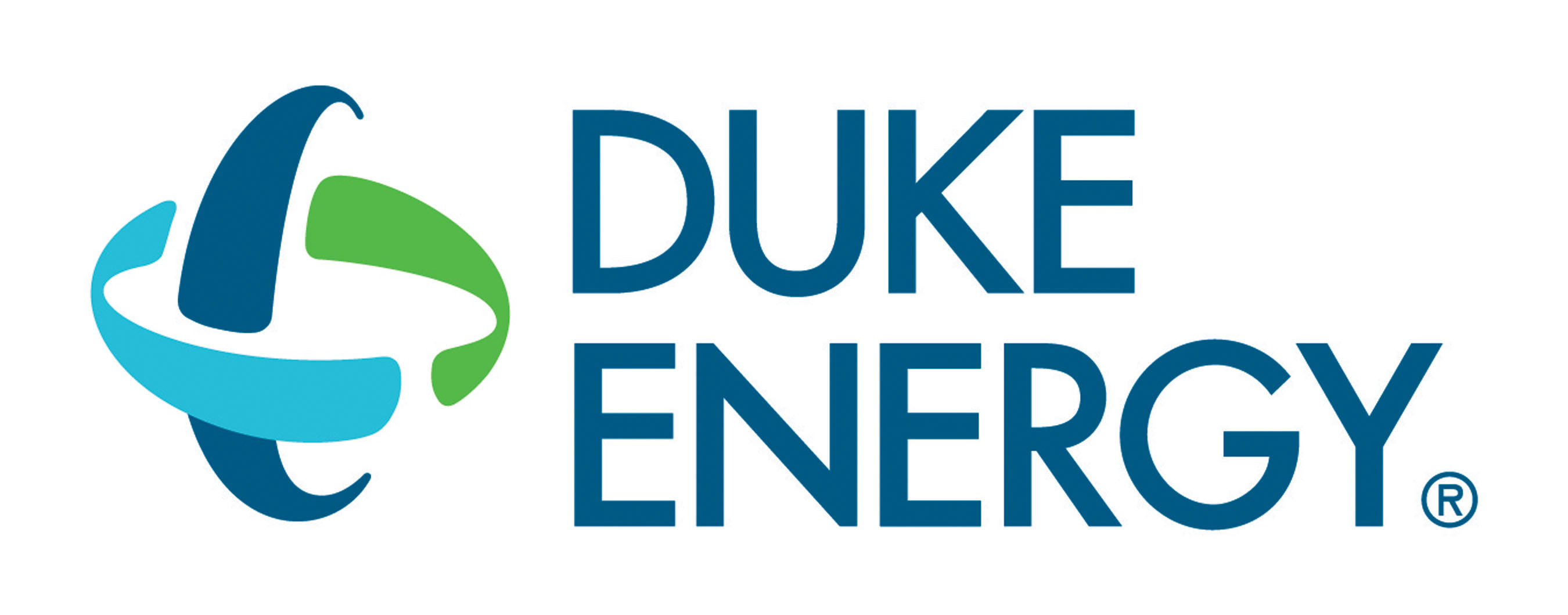Hierarchical Collaborative Distributed Energy Management Systems (H-CoDEMS)
In an era where climate-driven disasters and energy disruptions are becoming more frequent and severe, building a power grid that is intelligent, resilient, and adaptive is no longer a luxury—it’s a necessity. Conventional, centrally controlled energy systems often fall short in times of crisis, struggling with rigidity, bottlenecks, and single points of failure.
At ADAC Lab, we are pioneering the Hierarchical Collaborative Distributed Energy Management System (H-CoDEMS)—a cutting-edge framework designed to revolutionize how microgrids operate and coordinate. H-CoDEMS adopts a self-organizing, hierarchical architecture that enables scalable, fast, and resilient energy management across distributed energy resources. By leveraging situational awareness and a distributed consensus-based control strategy, H-CoDEMS allows microgrids to make intelligent, cooperative decisions in real time. This makes it exceptionally effective in a range of critical applications:
- Disaster Relief: Rapidly restores power to essential services such as hospitals, emergency operations centers, and communication networks, even when centralized infrastructure is compromised.
- Networked Microgrids: Enables seamless coordination and reconfiguration across interconnected microgrids, enhancing resilience and operational efficiency.
- Virtual Power Plants (VPPs): Coordinates distributed energy resources to act as a unified, flexible grid asset, improving reliability and grid balance.








